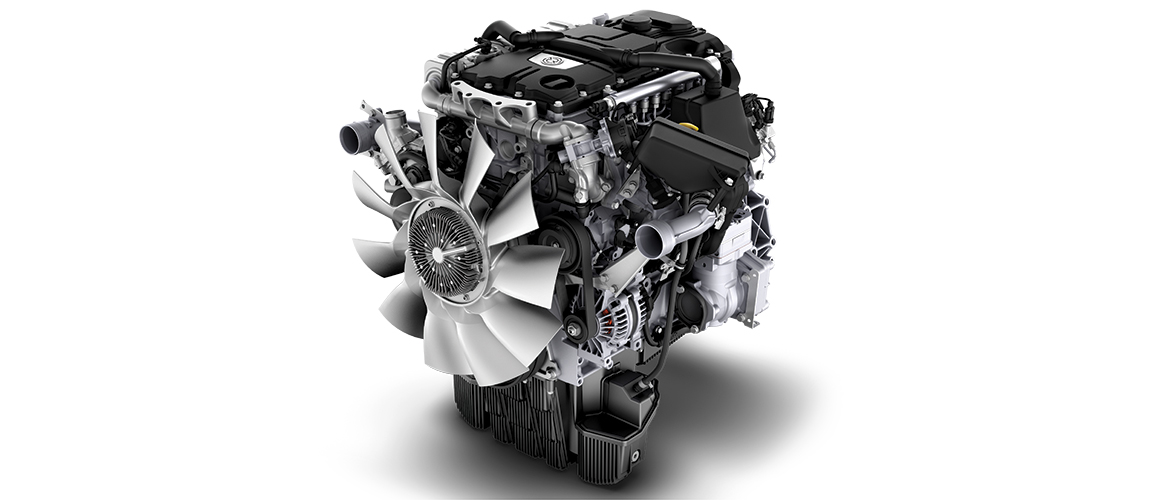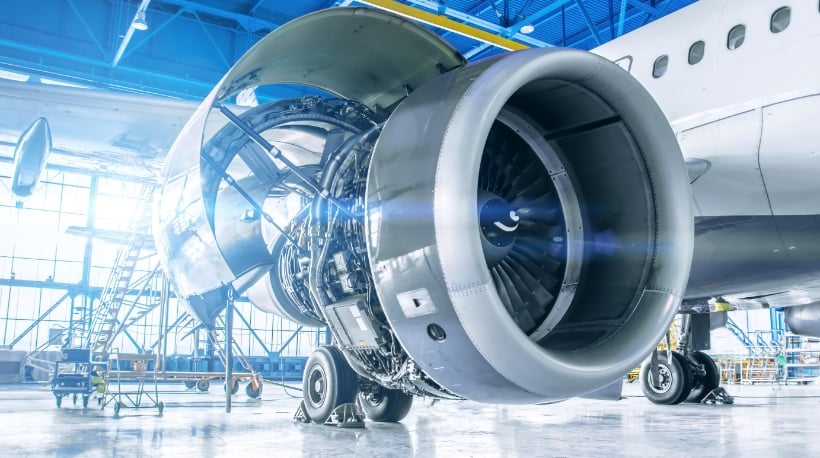The Quest for Ultimate Driving Power: Investigating the Pinnacle of Engine Efficiency and Technological Developments in the Automotive Sector
In the realm of auto engineering, the pursuit of maximum driving power has been a relentless quest that has unfolded through the evolution of engine design and the integration of advanced innovations. From the precise craftsmanship of combustion engines to the rapid developments in electric propulsion systems, the automobile industry stands at the cusp of a new age defined by unmatched efficiency capacities.
Evolution of Engine Style

Furthermore, the assimilation of turbocharging and supercharging technologies has actually changed engine design by improving power without considerably boosting engine dimension. These forced induction systems compress the intake air, enabling for more gas to be ignited, therefore generating greater power outcome from a smaller sized engine. This improvement has actually been particularly important in boosting the efficiency of smaller sized variation engines while preserving fuel performance criteria.

Performance-Enhancing Gas Technologies
The application of advanced fuel modern technologies has dramatically added to boosting engine efficiency in contemporary automobiles. From typical gasoline and diesel to ingenious biofuels, artificial gas, and hydrogen, the vehicle market is seeing a revolution in gas alternatives. Biofuels, stemmed from sustainable sources like algae, sugarcane, or corn, deal boosted and decreased emissions engine efficiency. Synthetic gas, generated with chemical processes, provide high octane ratings, enhancing power outcome. Hydrogen fuel cells, although still in the onset of fostering, reveal fantastic guarantee because of their zero-emission nature and capacity for high performance. Furthermore, fuel additives and detergents are being developed to clean engine components, optimize combustion, and lower rubbing, therefore increasing general car performance. With ongoing r & d, the pursuit for the utmost driving power proceeds, as designers make every effort to unlock the full potential of performance-enhancing gas innovations in the automotive industry.
Innovations in Electric Propulsion
Substantial strides in electric propulsion modern technology have changed the auto market, leading the means for a brand-new period of lasting and efficient transportation. Electric cars (EVs) are getting appeal as a result of their environmental benefits and improvements in battery technology, enabling longer driving arrays and shorter charging times. Makers are investing greatly in research and development to improve the performance of electric propulsion systems, focusing on increasing power outcome, boosting power effectiveness, and minimizing overall weight.
One notable breakthrough in electric propulsion is the growth of innovative electrical motors that provide higher torque and power thickness, leading to enhanced acceleration and overall driving performance. Furthermore, regenerative braking systems have actually been fine-tuned to record and save energy throughout deceleration, further boosting the effectiveness of EVs.
Additionally, the combination of clever technologies, such as man-made intelligence and anticipating analytics, is optimizing the administration of electrical propulsion systems, making sure check over here optimal efficiency under various driving problems. These developments in electrical propulsion are reshaping the vehicle landscape, driving the industry in the direction of a more lasting and electrified future.
Influence of Computational Fluid Characteristics
With innovations in electrical propulsion pushing the boundaries of vehicle innovation, the combination of Computational Fluid Dynamics is playing a pivotal function in enhancing aerodynamic performance and enhancing general efficiency in car style. Computational Fluid Characteristics (CFD) involves the usage of computer simulations to examine the flow of air around a car, making it possible for engineers to anticipate exactly how layout changes will influence the rules of aerodynamics without the need for expensive physical models. By accurately modeling air flow patterns, CFD enables the improvement of vehicle forms to reduce drag, enhance air conditioning, and improve security.
One secret benefit of using CFD in automobile design is the capacity to repeat rapidly, discovering many layout variants to recognize one of the most aerodynamically reliable options. This repetitive process causes vehicles that are not only sleeker and extra aesthetically attractive yet also extra ecologically pleasant and fuel-efficient. CFD makes it possible for engineers to optimize air flow around elements such as radiators, engine bays, and wheel wells, contributing look at this now to enhanced efficiency and general driving experience. In final thought, the assimilation of Computational Liquid Characteristics stands for a considerable progression in the quest for best driving power and performance in the vehicle market.
Future Fads in Engine Development
In the vibrant landscape of automotive engineering, innovative improvements are forming the future trajectory of engine technology. The future of engine layout is marked by a solid focus on performance, sustainability, and performance. Suppliers are progressively concentrating on establishing engines that not just provide high power outputs however additionally focus on environmental duty by decreasing discharges and boosting fuel performance.
One popular fad in engine development is the rise of electrification. Hybrid and electrical powertrains are acquiring grip as practical choices to conventional burning engines. These innovations supply the capacity for substantial reductions in carbon emissions and increased power efficiency, lining up with global initiatives to fight climate adjustment.
Additionally, developments in products science and manufacturing strategies are allowing the manufacturing of lighter and much more long lasting engine parts. This change in the direction of light-weight products such as carbon fiber and aluminum alloys adds to improved performance and fuel economic climate.
Final Thought
To conclude, the search of best driving power in the automotive sector remains to drive advancements in engine design, fuel technologies, electrical propulsion, and computational liquid characteristics. The evolution of these technologies is shaping the future of engine development, paving the method for a lot more effective and efficient cars (engines for africa). As the sector remains to press the limits of what is feasible, we can anticipate to see also more cutting-edge growths in the pursuit for peak efficiency
One of the vital milestones in engine visit our website style advancement is the change from traditional carbureted engines to contemporary fuel-injected systems. By specifically metering the fuel distribution to each cylinder, fuel-injected engines optimize burning, resulting in much better performance and lowered environmental impact.
Furthermore, the assimilation of turbocharging and supercharging technologies has changed engine style by increasing power without substantially boosting engine size (engines for africa).The application of sophisticated gas innovations has actually dramatically added to boosting engine performance in modern-day lorries. In addition, gas ingredients and cleaning agents are being developed to clean engine elements, optimize burning, and minimize friction, thereby boosting total lorry efficiency